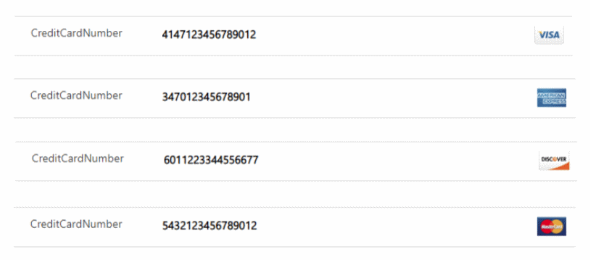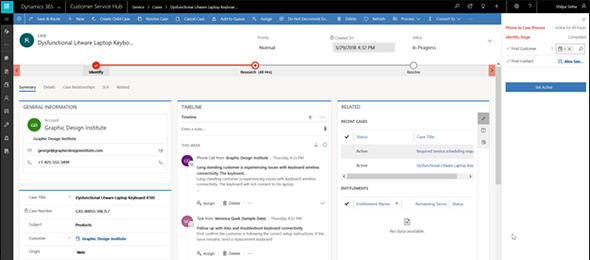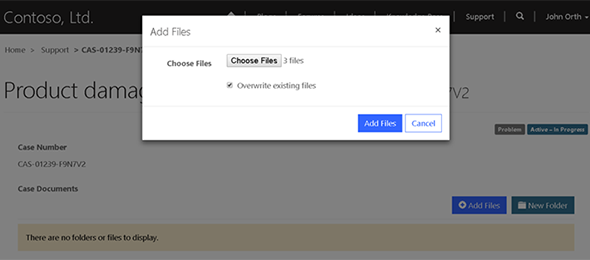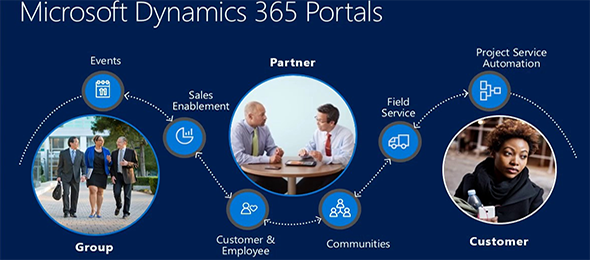Dynamics 365 Connector in GCC
Recently I had to work on a PowerApps/Flow solution that would connect to a Dynamics 365 data source. I have done various things previously with the Dynamics 365 connector, but when trying to do the same in my GCC environment, I could not see the Dynamics 365 connector. I thought it was removed, but then I checked my commercial environment and it was there.





